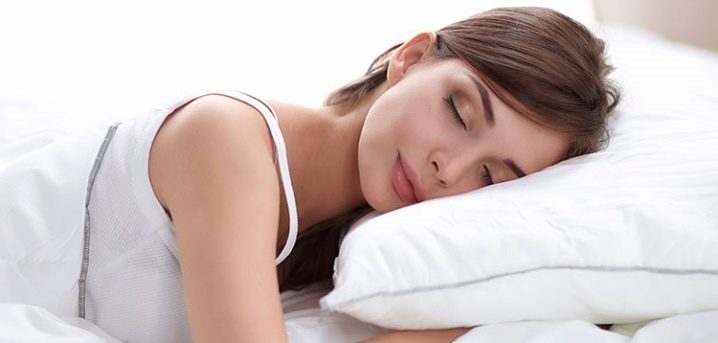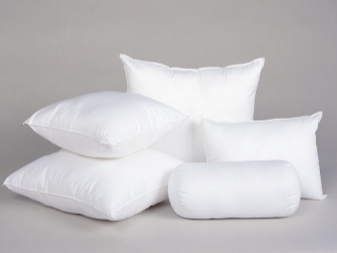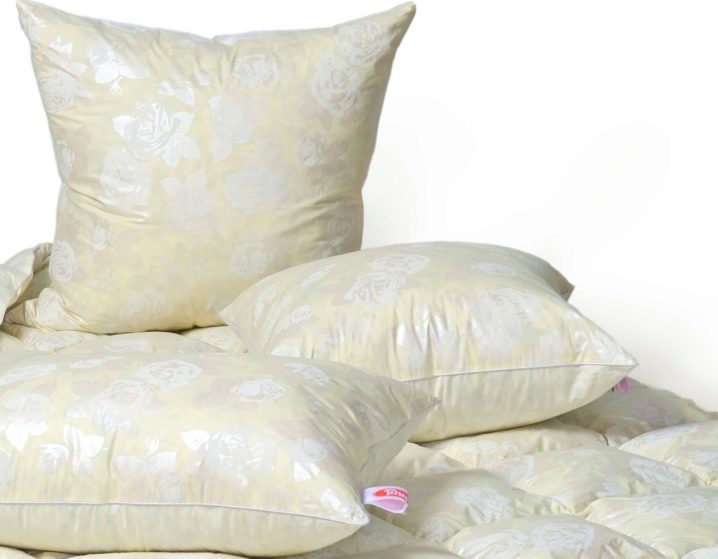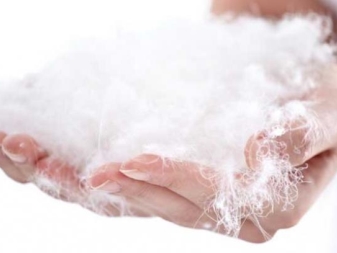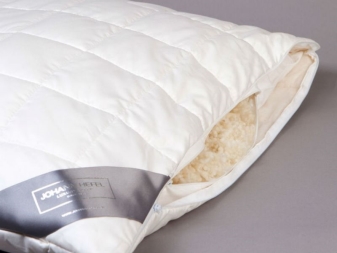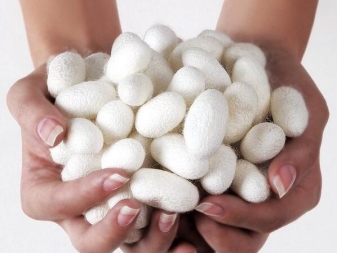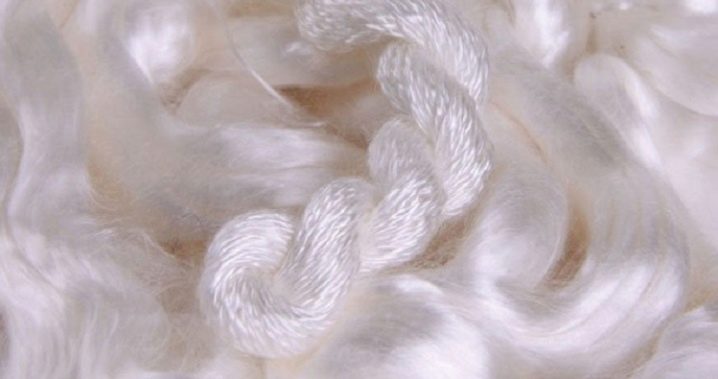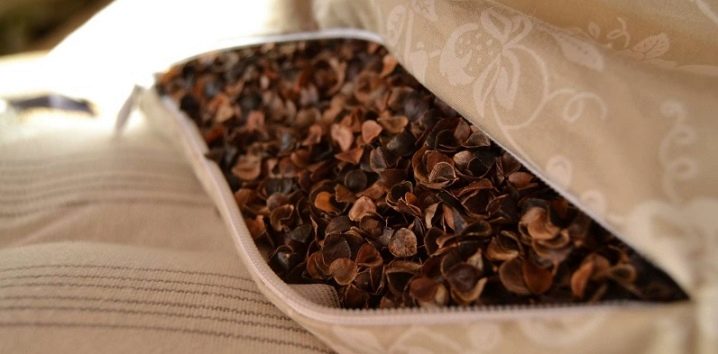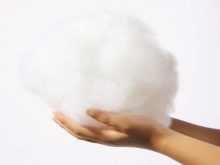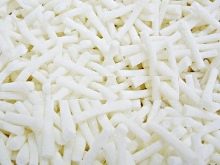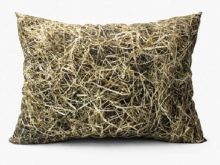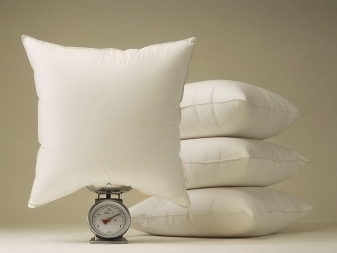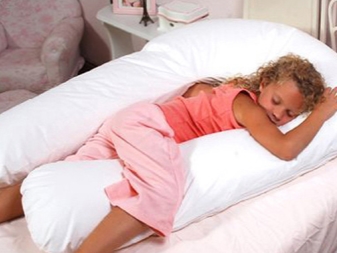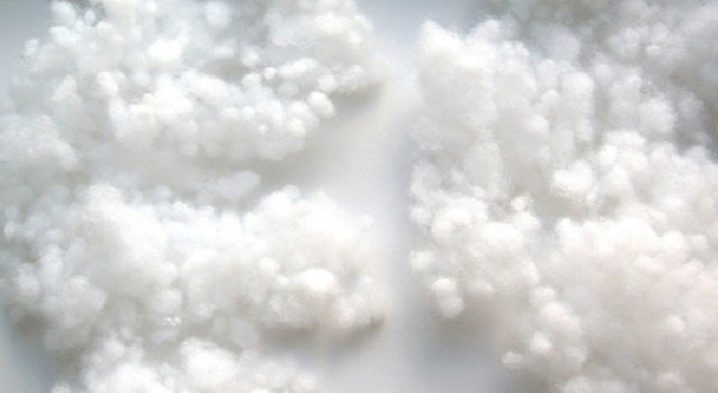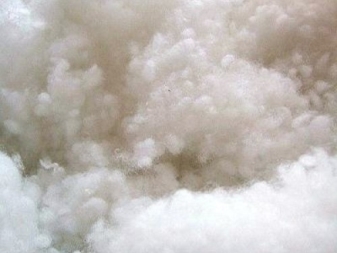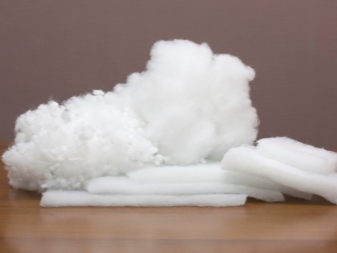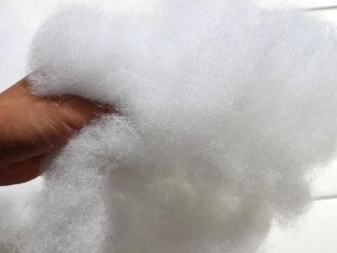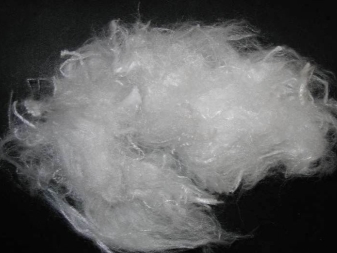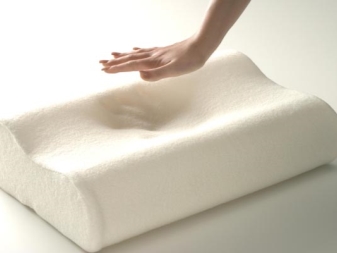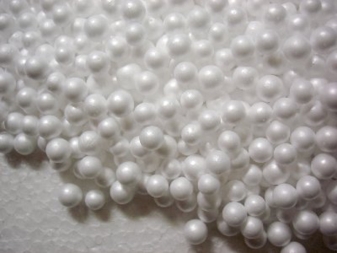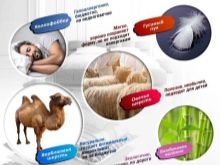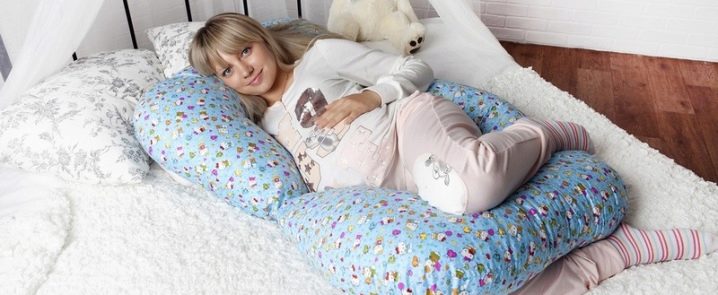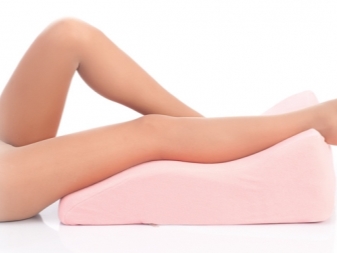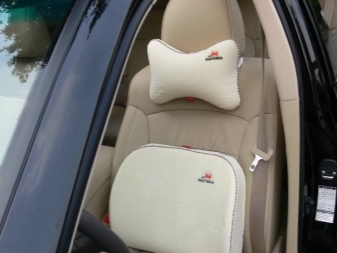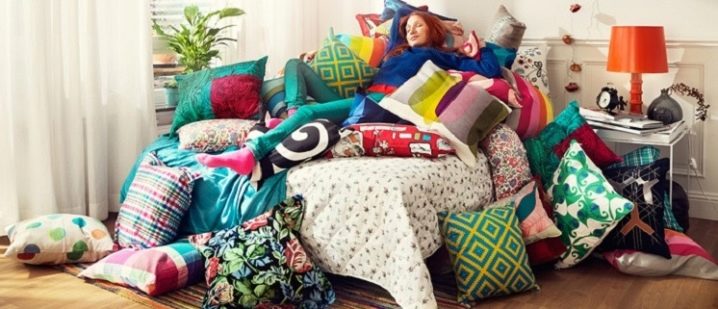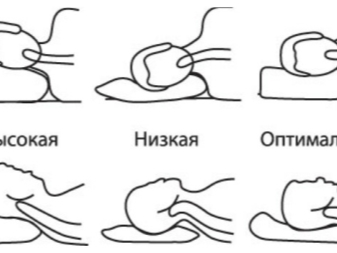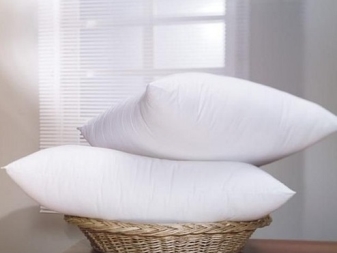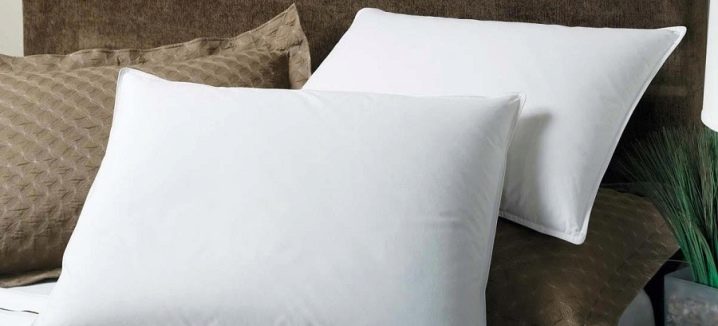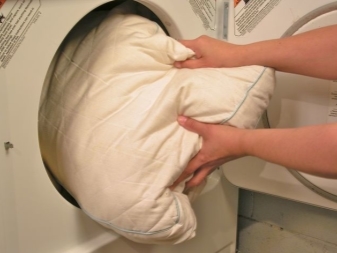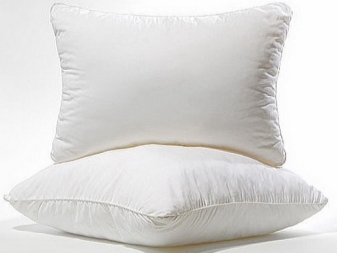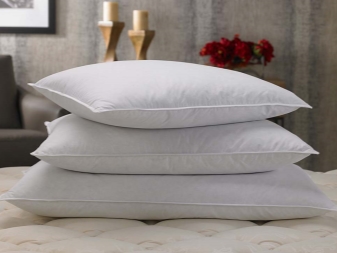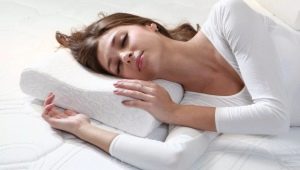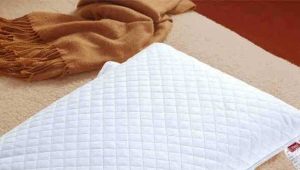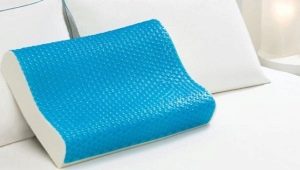Pillow Fillers
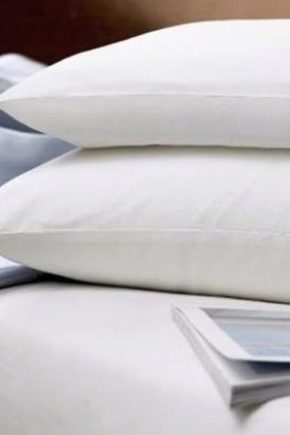
A pillow is an important bedding that affects the quality of our sleep. In the morning you can wake up with a headache and a sore neck, despite the fact that you slept on a beautiful mattress, and this could be your pillow. Its main purpose is to support the head and the cervical spine of the sleeper in the correct position, so that blood circulation is not disturbed in these places, and the spine is not bent. The ability to cope with such a task directly depends on the material with which this accessory is filled.
Important criteria
In order for a rest on a pillow to be really pleasant and useful, it is important to fill it with a material that will have the following quality characteristics:
- Hypoallergenic;
- Air permeability;
- Resistance to the action of microorganisms, fungi, etc .;
- Hygroscopicity;
- The ability to regulate heat transfer;
- Ease and fast recovery of a form after removal of loading;
- Durability and ease of care;
- Resistance to foreign odors and dust;
- The production of this material must be environmentally friendly.
Advantages and disadvantages of different types
Today, many different materials and their combinations are used to fill the pillows. By their origin, the fillers can be natural and synthetic.
Natural (are of plant and animal origin)
- Fluff and feather waterfowl. Mostly goose and duck down and feathers are used. Pillows with such a filling are soft and fluffy, they let the air well and retain heat and shape. When deformed, it is enough to beat them up with your hands and they will return the same volume, moreover, with proper care they will last a very long time.
The more fluff and less feather in it, the softer and more expensive the pillow. More pen gives the product rigidity and makes it cheaper. Feather pillows absorb dust and are an excellent medium for ticks and other microorganisms, so they can cause allergies.
At home, they are difficult to care for: they can not be washed, and periodic drying and cleaning should be done in specialized services. In addition, feathers and down can absorb foreign odors.
- Wool of camels and sheep keeps warm well and also has a healing effect.It is soft, well ventilated and at the same time it can perfectly absorb and evaporate moisture. The disadvantage of this filler is its ability to cause allergies, fragility (over time, the wool falls into clumps), the risk of moths and microorganisms. Do not wash the product
- Bamboo. Raw materials are obtained by treating young shoots of this plant. It has a lot of advantages and has almost no flaws with proper care. It is an environmentally friendly material with bactericidal properties, therefore, resistant to the action of microorganisms and mold, hypoallergenic and durable. It is comfortable to sleep on bamboo cushions, they are soft and elastic, they are easily washed in a delicate mode.
- Silk. Silk-filled pillows are pure pleasure: comfortable, non-allergenic, with an excellent microclimate and durability (service life is up to 15 years). After a delicate wash, it is enough to whip them and they will again take on the same appearance.The disadvantage is the high price.
- Lyocell (eucalyptus) - Cellulose fibers obtained in a special way from eucalyptus wood combine the softness of silk and the softness of cotton material. They are very light and elastic, breathing and therefore do not create a greenhouse effect. Ecological purification, hypoallergenicity, excellent thermoregulation, antiseptic properties are the main advantages of this innovative material. Delicate washing and careful pressing will allow the cushion with this filler to keep its shape and functionality for years. Lyocell has other commercial names - Tencel (USA), Ortsel (Russia).
Minus - the high cost of products. Often used a combination of lyocell with other synthetic fillers, which helps to reduce the price, although it somewhat reduces the quality characteristics.
- Buckwheat husk, separated from the grains and specially treated, is an environmentally friendly filler and is suitable for people suffering from allergies. The advantages of this material include orthopedic properties, breathability, resistance to microorganisms and dust.Buckwheat husk easily takes the form of the body and does not clump together.
Undesirable qualities: rustling, stiffness, which takes time for getting used to, the fragility (service life of 3-5 years), constant care (drying, ventilation).
- Cotton. Fluffed cotton threads are hygroscopic and retain heat well, they are hypoallergenic and allow air to pass through. Minus - they quickly deform and are short-lived.
- Natural latex due to the multitude of air-filled bubbles it has excellent elasticity and the best orthopedic qualities. It is not afraid of mold, parasites and microbes, it is durable and does not absorb odors. Latex does not cause allergies and does not require complex care (washing in warm water). Minus - insufficient moisture absorption (therefore, the products are perforated in order to improve this quality) and expensive cost.
- Herbs - charges with chamomile, mint, melissa, hops, etc. due to their medicinal qualities are used as a sedative and relaxing while sleeping. Pillows with such contents are used as a supplement to the main accessory.
Synthetic
Synthetic fillers today are prettymany and all of them share one indisputable advantage over most natural ones: they do not absorb dust, odors, absorb moisture poorly, and therefore do not cause allergies. The main differences between synthetic materials are in the features of the structure, durability and some quality characteristics.
The most popular fillers of synthetic origin:
- Holofiber - it is a non-woven fabric made of hollow spiral-shaped siliconized polyester filaments interwoven in different directions. Due to this, many air chambers are formed between them, so holofiber is very warm material. It is very durable and resilient, keeps its shape perfectly and does not roll into lumps. Since there is a lot of air in it, pillows with this filler are light and “breathing”, without the greenhouse effect. In the holofiber, fungi and microorganisms do not start up, dust does not accumulate, it is perfect for people with allergies and asthmatics.
Cushions with this material are easy to care for, they withstand repeated washes, dry quickly and maintain volume. Thanks to the glue-free production process, holofiber does not containtoxic or irritating substances and therefore as close as possible to natural materials on safety.
- Fayber differs from holofiber by structure only - polyester fibers are formed into balls. In the pillow, they freely move and adjust to the shape of the body, giving a feeling of unique comfort. Fayber in no way inferior to fluff, but it does not cause allergies. Folded pillows are very compact, they are easy to store and transport, they are easy to wash and dry.
- Holfitx - this is all the same polyester fiber with a silicone coating, which gives the material softness and at the same time elasticity. Similar materials, but with other names - holofiber, fiber, sintepukh, etc. already mentioned above. The difference lies in the features of technological processes, because of which these materials can have different length, thickness and cross-section of fibers. Because of the difference in the final processing, the fibers can be in the form of balls, as a fiber, or in the form of a springy fluffy mass, like holfitx.
Holfitx has the same qualities as its counterparts: non-toxic and environmentally friendly, has high ventilation and thermal insulation properties, is biologically resistant, odorless and does not absorb dust.Pillows with such a filler are ideal for allergies.
- Sintepon - the cheapest of synthetic fillers. It is significantly inferior to holofiber and analogues in air permeability and elasticity. The advantages of this material include the fact that it does not cause allergies, is soft, does not absorb odors, it can be washed, and the padding pillows are inexpensive. The disadvantage is fragility.
- Microfiber (microfiber) - these are extremely thin polyester fibers, which are very similar to natural down in their properties: they are light and soft, keep warm and allow skin to breathe. At the same time, thanks to modern technological processes, microfiber is a hypoallergenic material, does not absorb odors and dust, and pillows retain their properties and shape with long-term use.
- Polyurethane foam with high elasticity and the ability to "remember" the shape of the body (memory) is used for the manufacture of orthopedic pillows. It exactly repeats the shape of the body and supports the spine in the correct position, providing comfort. It is hypoallergenic and hygienic material, it is easy to care for it (only the pillowcase is erased).Disadvantages: high cost, not enough good ventilation, rigidity, which increases with decreasing temperature.
- Styrofoam - foam balls with a size of not more than 2 mm, resulting from the heat treatment of polymer granules. They move freely in the case of the product, being evenly distributed throughout the volume, repeating the outlines of the body, providing it with the necessary support. The filler does not absorb heat and always keeps the room temperature. It is hypoallergenic and does not absorb odors. The lack of pillows with this filler is that they can not be washed and they rustle.
Choice by appointment
Pillows differ in shape and functional qualities depending on what they are intended for.
For sleep
We need such pillows in order to keep the head and cervical spine in a comfortable position during rest. They can be of the classical form (square or rectangular), and specific with special notches for the head and rollers to support the neck (anatomical and orthopedic pillows).
You need to choose a pillow for sleep, taking into account the individual characteristics and needs of each family member:
- People with allergies or asthmatics pillows with natural fillers of animal origin (feather, woolen) are contraindicated;
- If you are worried about rheumatic diseasesthen a pillow stuffed with sheep or camel wool is perfect for you (in the absence of allergy);
- Small children it is best to choose a hygienic filler from natural, hypoallergenic materials with good breathability and antibacterial properties (bamboo, eucalyptus, natural latex, holofiber);
- People with osteochondrosis and other problems of the musculoskeletal system pillows with a filler with orthopedic properties (latex, memory foam, buckwheat husks, etc.) will help;
- Under stress and nerve overload restful sleep will provide pillows with the addition of granules with herbal extracts or additional pillows with medicinal herbs;
- People prone to excessive sweatingmay experience discomfort on latex pillows;
- In the absence of health problems You will suit the pillow with any filler, the qualities of which will be preferable to you.
Non-standard application:
- Back Cushionsusually small in shape and flat. They are enclosed for convenience between the back of the sitting and the back of the chair.
- Foot pads relieve fatigue and help reduce swelling and pain with varicose veins and diseases of the joints.
- Car cushions used when traveling. The special shape of the product allows it to be worn around the neck and thus prevents fatigue and relieves tension in the neck-collar zones.
- Pillows for pregnant women designed to reduce the load on the lumbar spine of pregnant and lactating mothers during rest and feeding. Available in the form of a roller, C-shaped, U-shaped configuration, etc. Recently, transforming pillows have become popular: the product can be converted to the most convenient model for you. They are filled with polystyrene foam balls or holofiber.
Decorative
These products are used for interior decoration and may have a different shape depending on the designer's imagination. Packing for them, as a rule, use inexpensive (synthetic winterizer, hollofayber).
What to look for when choosing?
To choose the perfect pillow, it will not be enough to take into account the quality characteristics of its padding. The height and stiffness of this accessory play a significant role in how you will wake up with the next morning.
The height of the pillow should be approximately equal to the width of the shoulder of the person sleeping on it (on average, 10-15 cm). If you make the wrong choice, you may experience a headache or pain in the neck area due to irregular circulation. The stiffness of the pillow matters depending on the posture in which you prefer to rest. Soft pillows are good for those who like to sleep on the stomach. People who prefer to rest on their backs will feel good on a product of medium hardness.
If you are accustomed to sleeping on your side or have problems with your spine, a more rigid padding will do.
It is worth paying attention to the material from which the case is sewn: it is better if it is a dense natural fabric (tick, calico, jacquard), microfiber is also popular. The purpose of the cover is to firmly hold the filler inside the cushion, so check the quality of tailoring: nothing should fall out or crawl out of it, and the stitches should be even and durable.
A new pillow should not exude any unpleasant "chemical" odors, if its filler meets all quality criteria. The exception is latex and memory foam: these materials have a peculiar odor, which soon disappears.
Before buying, carefully review the certificate of quality, the life of the product and the features of its care.
Care
The pillow will last longer with proper care and follow the manufacturer's recommendations.
- Products periodically (at least once a week) need to be aired. in the fresh air.
- It is recommended to beat pillows every morning. and turn over to the other side
- Regularly carry out wet cleaning and airing of the room, especially if the accessories are with natural filler.
- Replacement of the cover on the feather pillows should be made at least once a year.and dry cleaning of natural filler - at least 1-2 years.
- Products with synthetic fillers can be machine washed at 40 degreesby selecting the delicate mode and liquid agent. It is not recommended to unscrew.
- Foamed polyurethane foam and latex are cleaned with a sponge moistened in warm water with a liquid detergent. Dry away from direct sunlight and heat sources.
Consumer reviews
More and more buyers prefer the achievements of modern high technologies: sometimes synthetic materials are not inferior to natural quality, and their cost is much lower. It is thanks to this that pillows with stuffing made of polyester fibers (holofiber, fiber, microfiber, etc.) find their supporters. Great popularity among pillows based on bamboo, eucalyptus and silk. The motive for choosing these products is their environmental cleanliness and safety, natural origin, but many are pleased with their comfort and simple maintenance.
Quite a large number of supporters of the good old classics - pillows with natural fillers of animal origin. Contradictory reviews can be found about buckwheat husk pillows - from delight to complete disappointment: this once again confirms that the pillow is an individual accessory. In any case, preliminary information, as well as consumer reviews will help determine and choose the one, only your pillow, which will give you sweet dreams and a pleasant awakening.
In this video you are waiting for useful tips for choosing a pillow with a filler.
